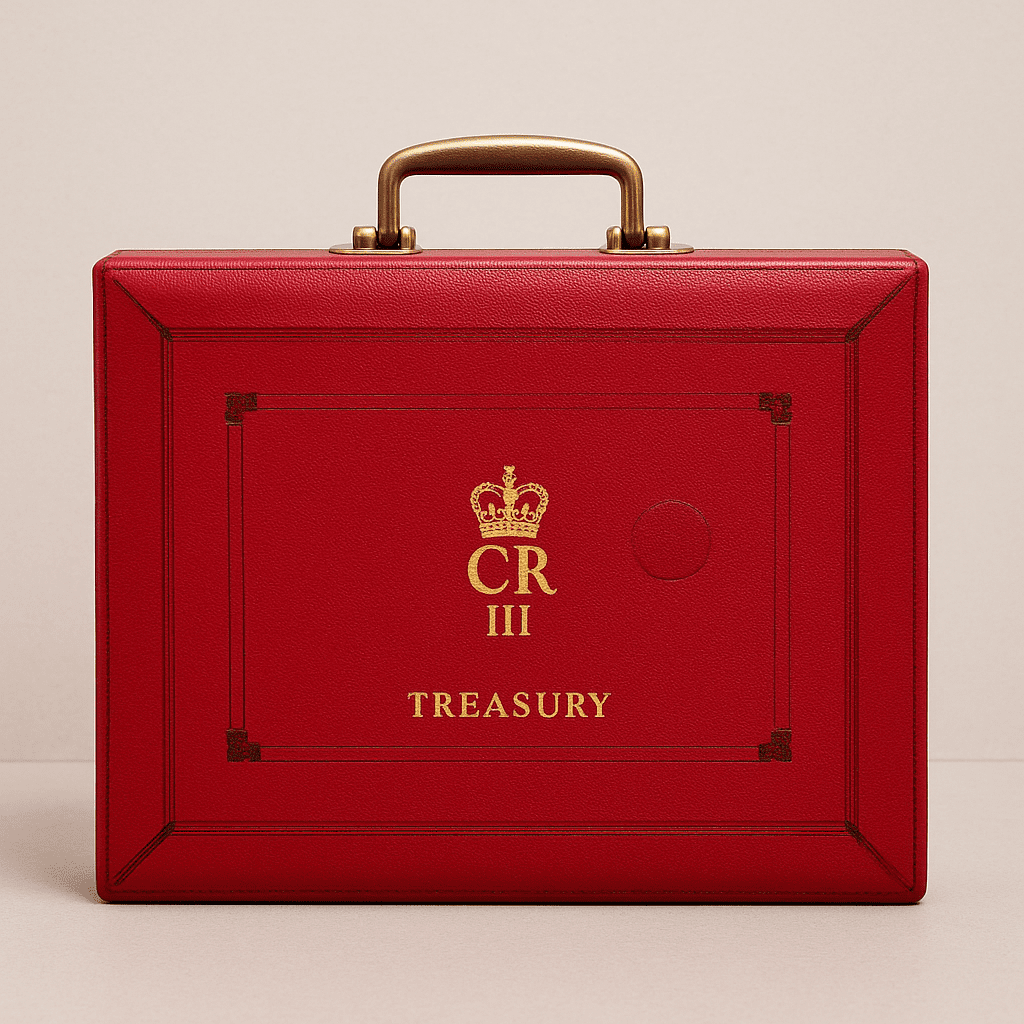Child Benefit is a valuable allowance for families — but once income exceeds certain thresholds, it can begin to reduce or even be clawed back through the High Income Child Benefit Charge (HICBC). The good news? With the right planning, it’s often possible to keep your benefit and make your money work harder through pension contributions.
At Clarity Wealth Limited, we regularly help clients navigate this — so here’s a simple guide to understanding how it works and what to consider.
👶 What is Child Benefit?
Child Benefit is a tax-free payment designed to help with the cost of raising children.
For 2025/26, the rates are:
- £25.60 per week for the eldest or only child
- £16.95 per week for each additional child
That’s worth over £1,800 per year for a family with two children — a benefit well worth protecting.
⚠️ The High Income Child Benefit Charge
If either you or your partner earns over £50,000, HMRC starts to reduce your Child Benefit through the High Income Child Benefit Charge.
Here’s how it works:
- For income between £50,000 and £60,000, you lose 1% of your Child Benefit for every £100 of income above £50,000.
- Once income exceeds £60,000, the charge effectively cancels out the entire benefit.
It’s based on the highest earner’s “adjusted net income” — not necessarily the person receiving the benefit.
💷 What Counts as “Adjusted Net Income”?
Adjusted net income includes:
- Salary or self-employed income
- Rental income
- Dividends, savings interest, and most other taxable income
But it’s after deducting things like:
- Gross pension contributions (to personal or workplace pensions)
- Gift Aid donations
- Certain trading losses or allowable deductions
💡 How Pension Contributions Can Help
One of the most effective ways to preserve Child Benefit is by making pension contributions.
Because pension payments reduce your adjusted net income, they can bring your earnings back below the £50,000 or £60,000 thresholds — effectively saving your Child Benefit and boosting your long-term retirement pot.
✅ Example:
- You earn £56,000.
- You contribute £6,000 gross into your pension (£4,800 net from you + £1,200 tax relief).
- Your adjusted net income drops to £50,000, meaning you keep your full Child Benefit.
You’ve not only preserved your annual entitlement but also gained valuable tax relief and invested for the future — a true “win-win.”
⚖️ Other Allowances to Keep in Mind
Efficient financial planning around this area often includes reviewing:
- Personal Allowance (£12,570) – reducing taxable income can protect this if you’re near £100k+ thresholds.
- ISA Allowance (£20,000) – use tax-free savings where appropriate.
- Marriage Allowance – where one partner earns under £12,570 and can transfer 10% of their allowance.
- Gift Aid Donations – can also reduce adjusted net income and support charitable causes.
🔍 Our Advice
If your income sits anywhere near the £50,000–£60,000 range, it’s vital to plan proactively.
At Clarity Wealth Limited, we’ll:
- Review your adjusted net income position
- Model the benefits of pension contributions or salary sacrifice
- Build a long-term plan to balance tax efficiency with lifestyle goals






Recent Comments